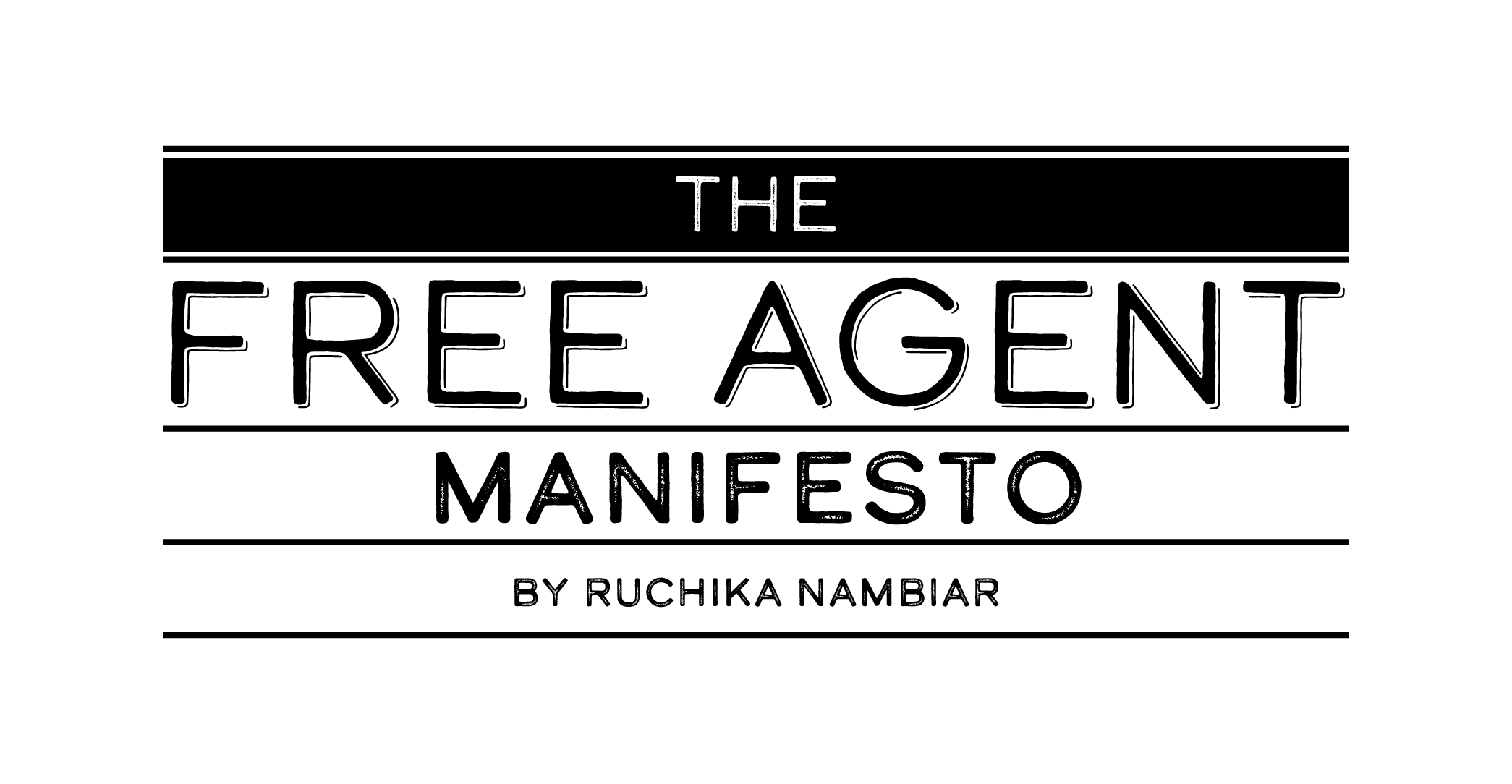A “Live Edition” book and community — a practical guide to living an independent creative life outside of traditional systems and institutions.
[Cold Open]
I quit my last job in 2019. And upon hearing that I had no plans to find a new job and that I was simply going back to “working on my own”, my coworkers would immediately say, “Oh, so you’re going to be an entrepreneur then!”
And I remember thinking to myself, “What a strange conclusion to draw… when did I say that?”
Why on earth would I have wanted to be an entrepreneur? Run a company? Manage employees? Be responsible for their livelihoods? I couldn’t think of anything more nightmarish, or anything less freeing. I had not been bitten by the entrepreneurial bug, thank you very much, and it made me shudder to think they would reduce me to something so… basic.
That was six years ago, and a lot has happened since. I launched The Dollhouse Project, was lucky to get featured by a bunch of magazines, produced a miniature roombox for Samsung, moved halfway across the world, did a Masters at RISD, gave a TEDx talk among a bunch of others, wrote a new book on internet memes, received grants for my projects, built a practice around creating experimental artist books, had one of them acquired by museums and libraries, started teaching at RISD, got commissioned to create the kinds of insane projects I’ve always wanted to be known for — such as turning someone into the protagonist of their own miniature mystery (which included getting paid to threaten their cat with kidnapping). And to tie a nice little bow on all of it, cut to today, I’m now the owner of what’s called an “extraordinary ability” visa that serves as some kind of petty proof that all of the above was perhaps worth something quantifiable after all. If I could prove my case — no, my life vision — to the stodgy immigration officer who reviewed my application, surely I was done making my case to the rest of the world. Surely, my life — which was finally finally beginning to look the way I’d always wanted it to — was proof enough that I was doing something right.
And yet, to this day, I continue to receive versions of that same old question, cloaked in different garb each time, but essentially still asking the same thing.
“So what’s the plan now? Are you looking for a job?”
Not if I can help it.
“Wouldn’t it be less stressful to have a steady job where you don’t have to worry about where your next paycheck comes from?”
You mean like all those other people who became entirely reliant on their employer and then lost their job in a mass layoff and realized there was no such thing as the “job security” they’d been promised if they studied hard in school?
“Oh cool, you’re teaching now? … What?... Oh. Part-time? Hmm…”
I love teaching part-time — I’m only contractually obliged to teach my courses and then I get the rest of the week to work on all my own stuff. Besides, almost everyone I know who teaches full-time is some version of miserable.
“So, what do you do exactly?”
Just… this.
Read the rest on Substack!
Become a paid or free subscriber to access chapters, bonus essays, live sessions and Q&As, community chat and whatever else I cook up!

